Top 6 Longest Rivers in Nicaragua
Nicaragua has quietly become one of the top tourist destinations in the world with its beautiful rivers. Follow this article to know the longest rivers of this ... read more...country.
-
Coco River (Miskitu) or Ro Coco (Spanish), historically known as the Ro Segovia, Cape River, or Yara River, is a river in northern Nicaragua that flows into southern Honduras. With a total length of 841 kilometers, it is the longest river wholly within the Central American isthmus (523 mi).
Coco River rises in the Somoto Canyon National Monument near the Pan American Highway's Nicaraguan border and travels 841 kilometers (523 miles) through low hilly terrain to the Caribbean Sea at Cabo Gracias a Dios; the river's middle and lower parts define the Honduras-Nicaragua boundary.
The Ro Coco was nearly 11 metres (36 feet) above normal stage on September 7, 2007, two days after category 5 Hurricane Felix made landfall, according to major international news wires. As it makes its way to the Caribbean Sea, the Coco River forms the border between the two countries. This river is one of longest rivers in Nicaragua.
Length: 841 km
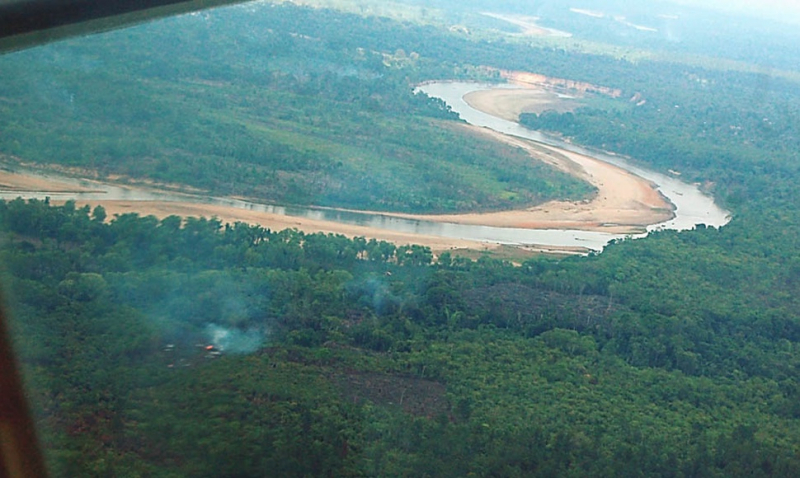
https://www.elnuevodiario.com.ni/ 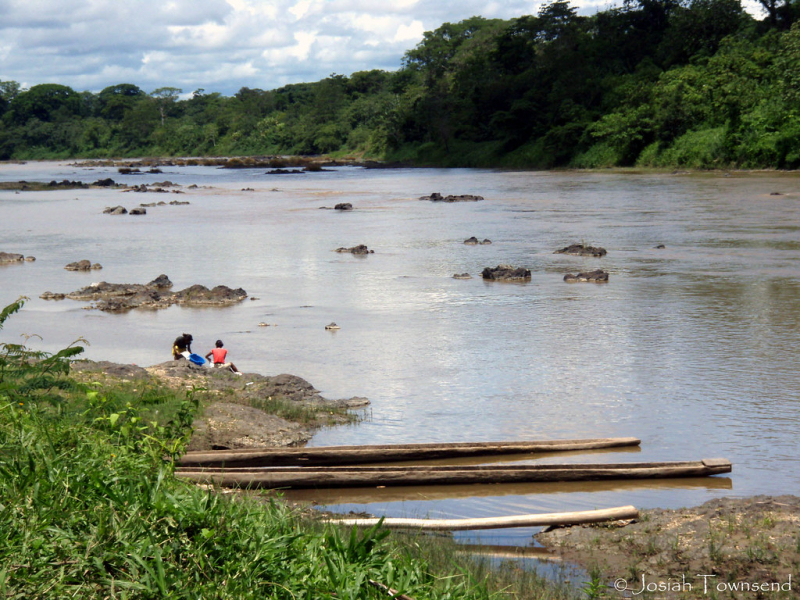
https://www.flickr.com/ -
In southeastern Nicaragua, the Escondido River (Spanish: Ro Escondido) is a river. It stretches about 89 kilometers (55 miles) until emptying into the Caribbean Sea near Bluefields in the South Caribbean Coast Autonomous Region.
Escondido River connects the Pacific and Caribbean coastlines and serves as a significant transportation hub. From Rama to Bluefields, the Escondido Rivers provide travel routes for exploration, trade, and enjoyment. For many of the earth's creatures, thisRiver provides ideal habitat and nourishment.
Rivers provide a diverse range of unusual plants and trees. The riverbanks are home to ducks, voles, otters, and beavers. Along the riverbanks, reeds and other vegetation such as bulrushes flourish. This is a beautiful river and is ideal for those who like to enjoy the beauty of nature. Visitors can come in any season of the year. You can see the nature surrounding the river. You can take a dip in the river's waters when summer comes. It is one of the longest rivers in Nicaragua.
Length: 89 km
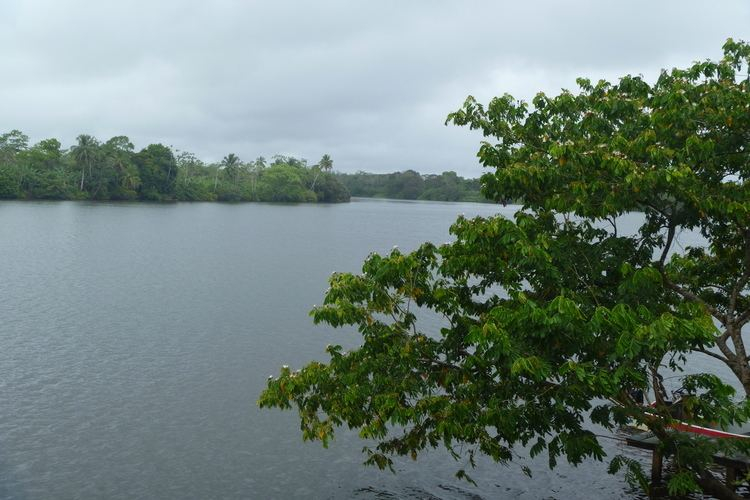
https://alchetron.com/ 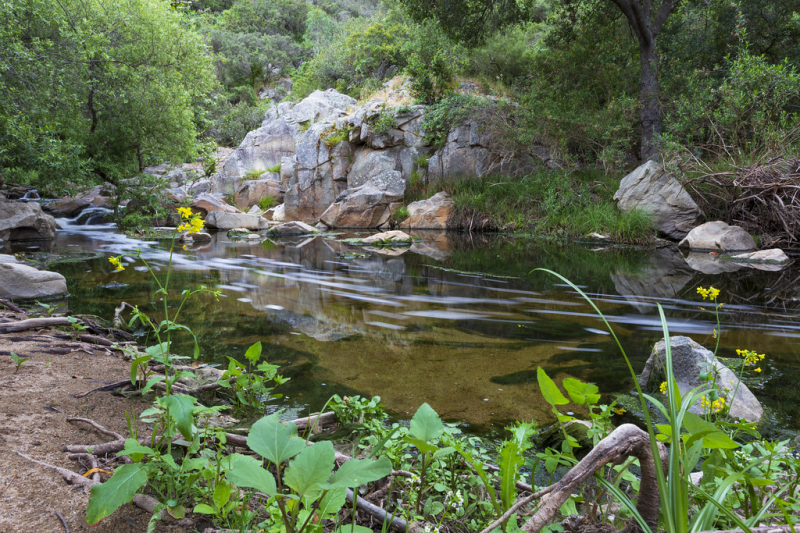
https://www.flickr.com/ -
The Rio Grande de Matagalpa (Spanish pronunciation: [mataalpa], Miskito: Awaltara, Matagalpa: Ucumulal) is a Nicaraguan river. It is Nicaragua's second longest river, stretching 430 kilometers (270 miles) from its source in Matagalpa to the Caribbean Sea in the northern section of the South Caribbean Autonomous Region. The city and municipality of La Cruz de Ro Grande are named for it. On Rio Grande de Matagalpa's lower reaches, the Tumarn Dam is being built.
We can see the tributary's lengthy path and some of its repercussions from this vantage point. It will continue on its lengthy journey until it reaches the Caribbean. Furthermore, we will be able to enjoy its flow and see that it is not a river that follows a straight path, but rather the contrary.
El Tuma in the Department of Matagalpa and Mulukuku in the North Caribbean Coast Autonomous Region are the two main cities on the river's banks. President Luis Somoza Debayle chose to build the Mancotal Dam in 1964 to create Nicaragua's first artificial lake. It is one of the longest rivers in Nicaragua.
Length: 430 km
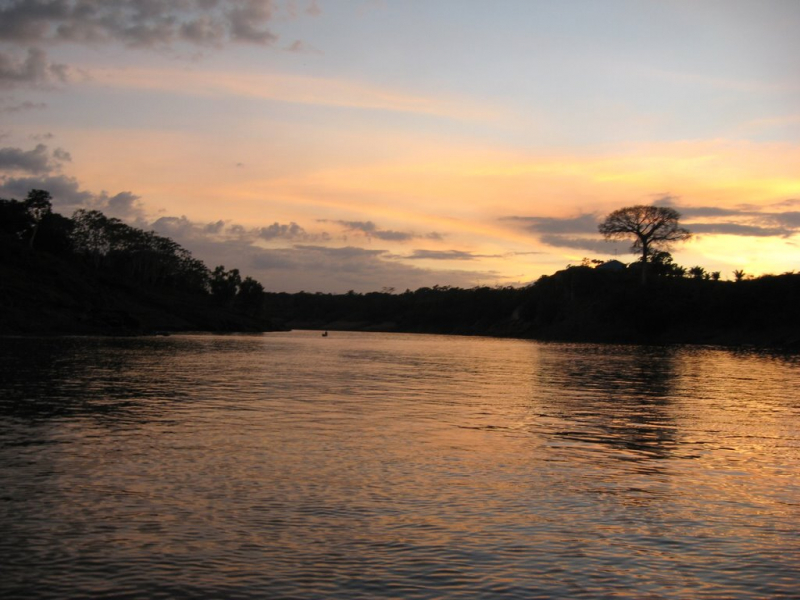
https://allthecities.com/ 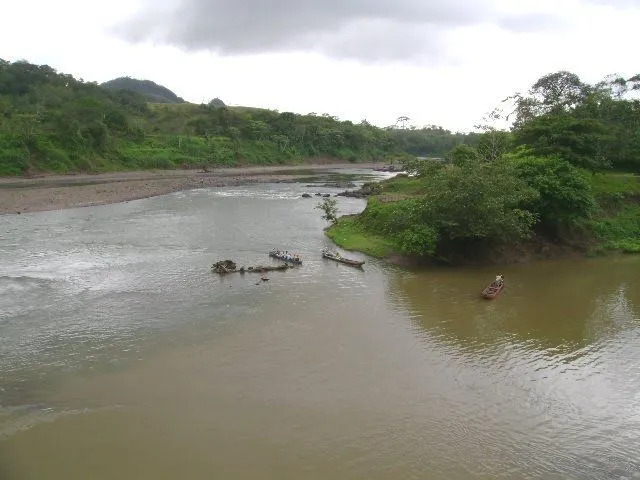
https://allthecities.com/ -
The San Juan River (Spanish: Ro San Juan) is a 192-kilometer (119-mile) river that runs east from Lake Nicaragua into the Caribbean Sea. It is also known as El Desaguadero ("the drain"). The river's southern bank is home to a substantial stretch of the Nicaragua-Costa Rica boundary. It was part of a proposed canal route for Nicaragua in the 19th century, along with the lake.
The project's concept was renewed in the previous decade, and it now includes the potential of more routes throughout the nation. The Nicaraguan National Assembly has granted the Ecocanal project permission to reopen the San Juan River to commercial barge traffic.
Costa Rica's usage of the San Juan River has been the subject of various border disputes between Nicaragua and Costa Rica. The issue dates back to the 1858 Caas-Jerez Treaty, which both nations signed. The San Juan River was found to belong to Nicaragua by the treaty, although Costa Rica was granted economic access and the right to "free and permanent" passage of the river. The pact was reinterpreted throughout the 19th and 20th centuries, and disagreements were widespread (particularly during discussions about the river as a prospective canal route); they were frequently settled by arbitration.
Length: 180 km
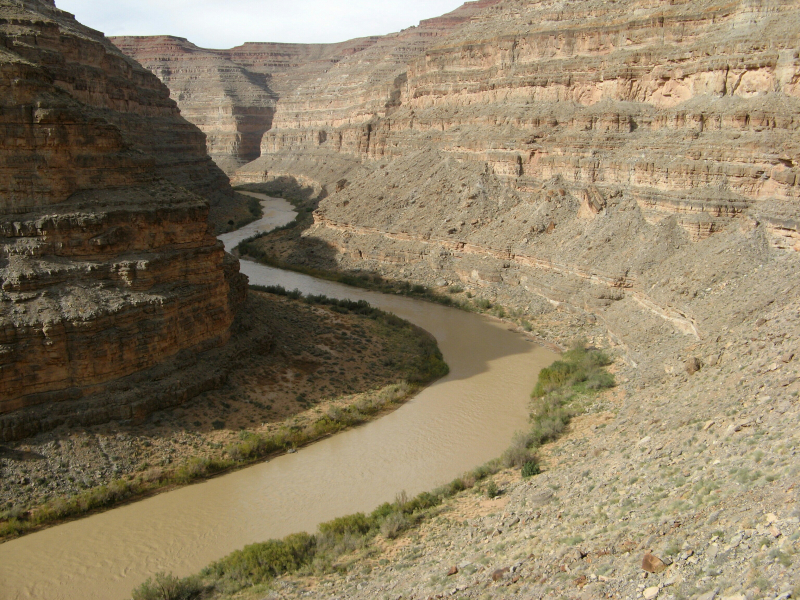
https://www.britannica.com/ 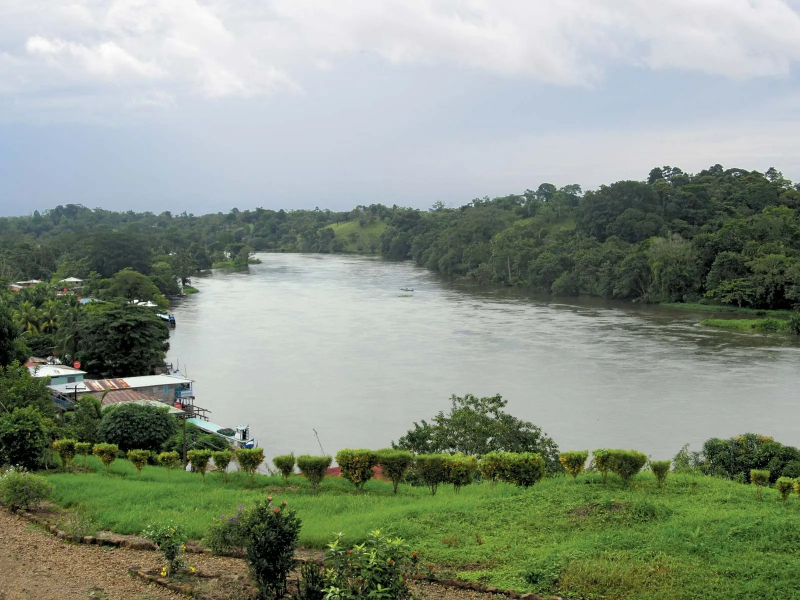
https://www.britannica.com/ -
The Tipitapa River (Ro Tipitapa) runs through Nicaragua, connecting Lake Managua and Lake Nicaragua. Its flow is seasonal, and when Lake Managua, which is roughly ten meters higher than Lake Nicaragua, has high water levels (typically during the rainy season), the Tipitapa's waters can rise, causing floods in neighboring towns like Tipitapa, which is located on the river near Lake Managua.
The Tipitapa River is shallow at its beginning, but as it progresses, it widens, revealing huge wetlands and lagoons covered in rich flora. The Tipitapa River, which runs south into Lake Nicaragua, connects these two lakes.
This river is very wide. Therefore, the movement of boats on the river takes place quite widely. The two sides consist of only two forests but contain a very rich ecosystem with many typical local animals. Visitors can hire a tour guide for better preparation and safer travel on the river. It is one of the longest rivers in Nicaragua. It is one of the longest rivers in Nicaragua.
Length: 56 km
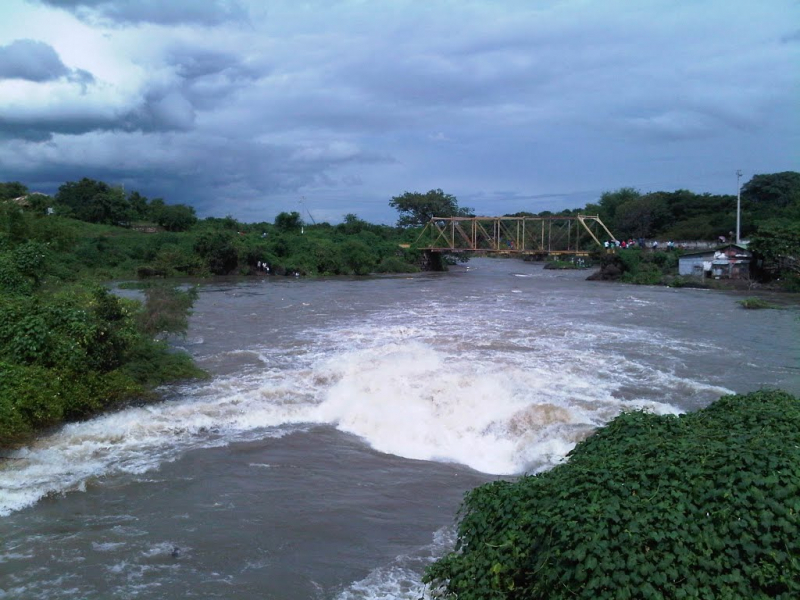
https://www.xolo.com.ni/ 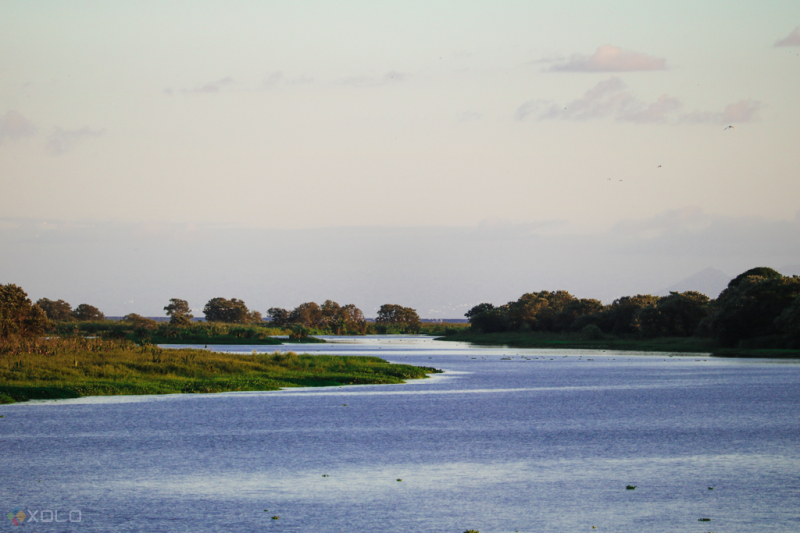
https://www.xolo.com.ni/ -
Nicaragua's Tuma River is a river that flows across the country. The Tuma is 180 kilometers in length (110 mi).
The Jinotega and Matagalpa Departments, North Caribbean Coast Autonomous Region, and South Caribbean Coast Autonomous Region are home to the river, which is a left tributary of the Ro Grande de Matagalpa.
The Tuma River's source is in Jinotega Department, some 250 kilometers northeast of Managua, Nicaragua's capital. The river flows eastward, crossing into Matagalpa Department, and forming the border between Matagalpa Department and the North Caribbean Coast Autonomous Region, as well as the North Caribbean Coast Autonomous Region and the South Caribbean Coast Autonomous Region, where it joins the Ro Grande de Matagalpa in its lower course.
El Tuma in the Matagalpa Department and Mulukuku in the North Caribbean Coast Autonomous Region are the two largest settlements on the Tuma's banks.
President Luis Somoza Debayle chose to dam the river with the Mancotal Dam in 1964 to create Apanás Lake, Nicaragua's first man-made lake, which supplies electricity to the Centroamérica hydropower plant in the country's Central Highlands. It is also a significant recreational location, since the river and lake attract a significant amount of visitors to Jinotega. It is one of the longest rivers in Nicaragua.Length: 180 km
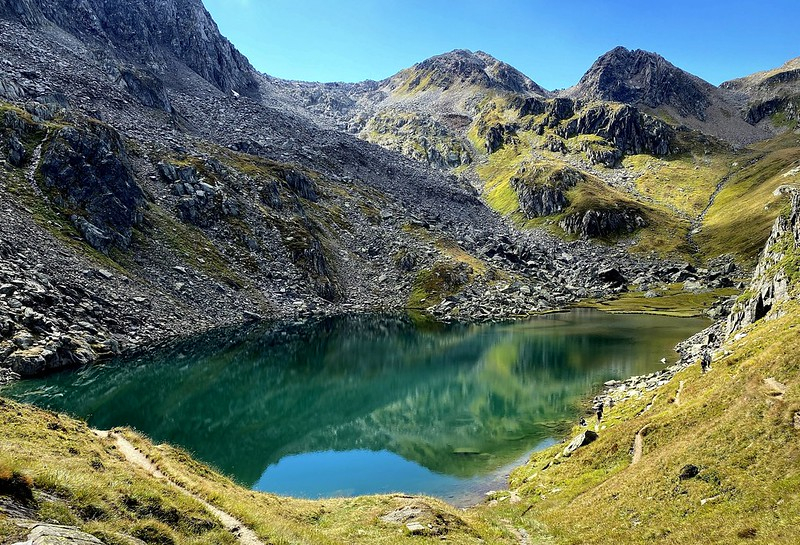
https://www.flickr.com/ 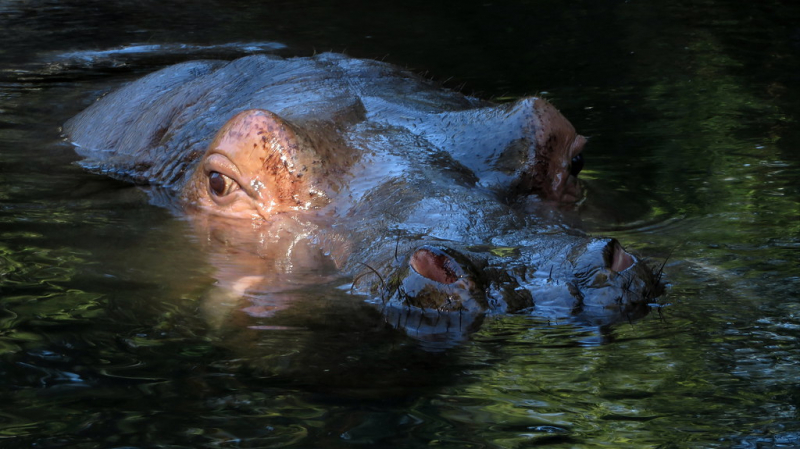
https://www.flickr.com/



























